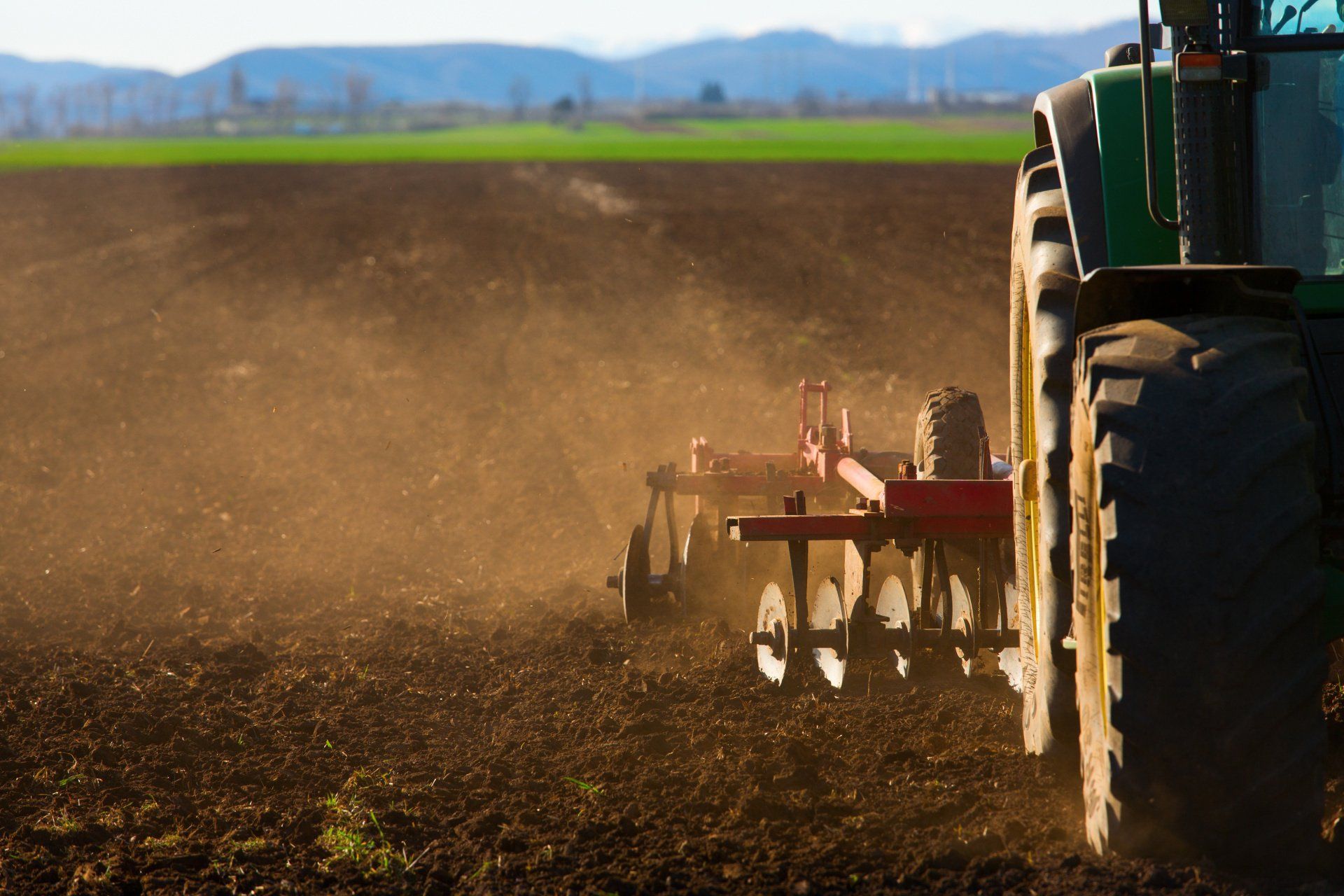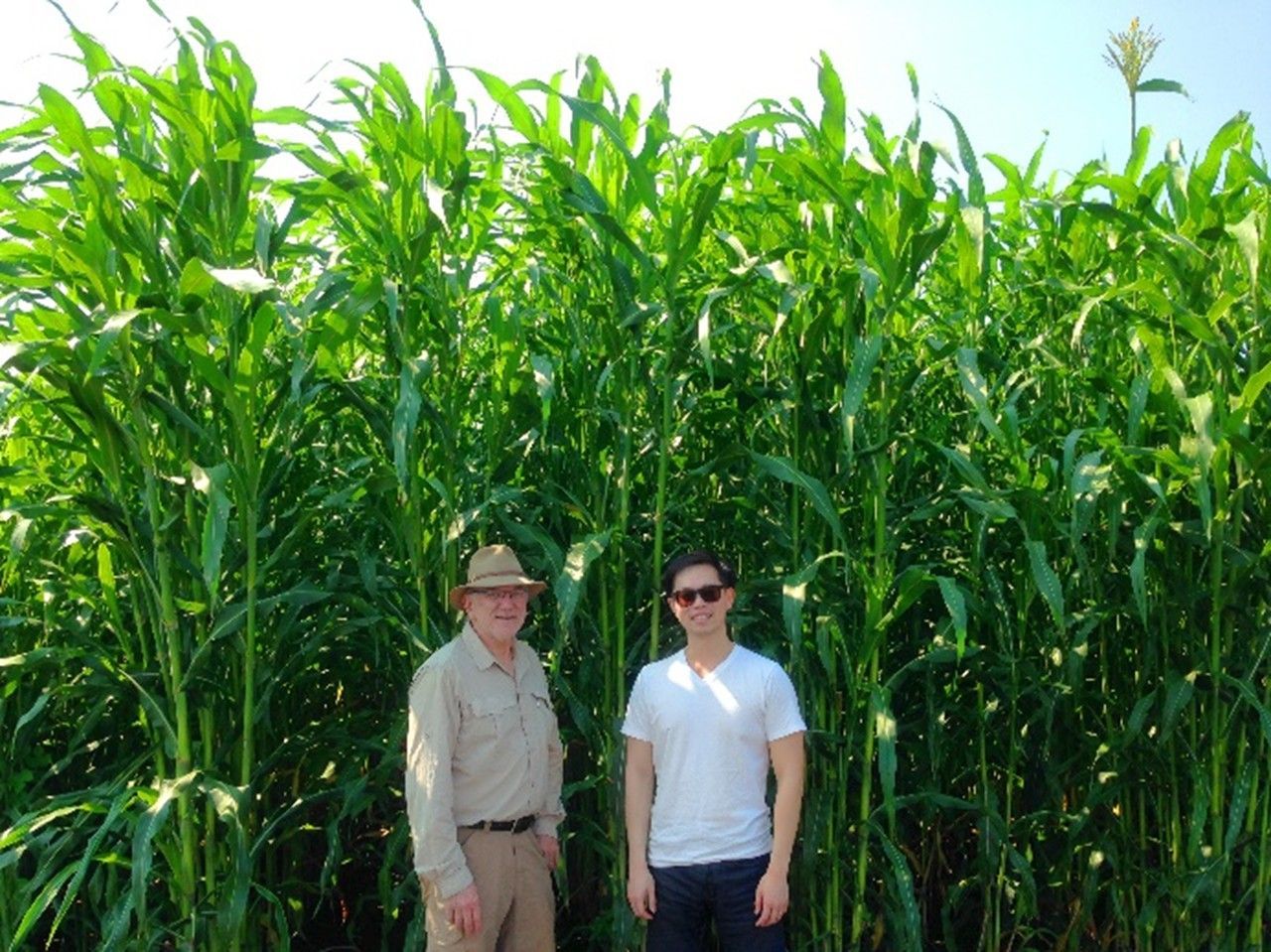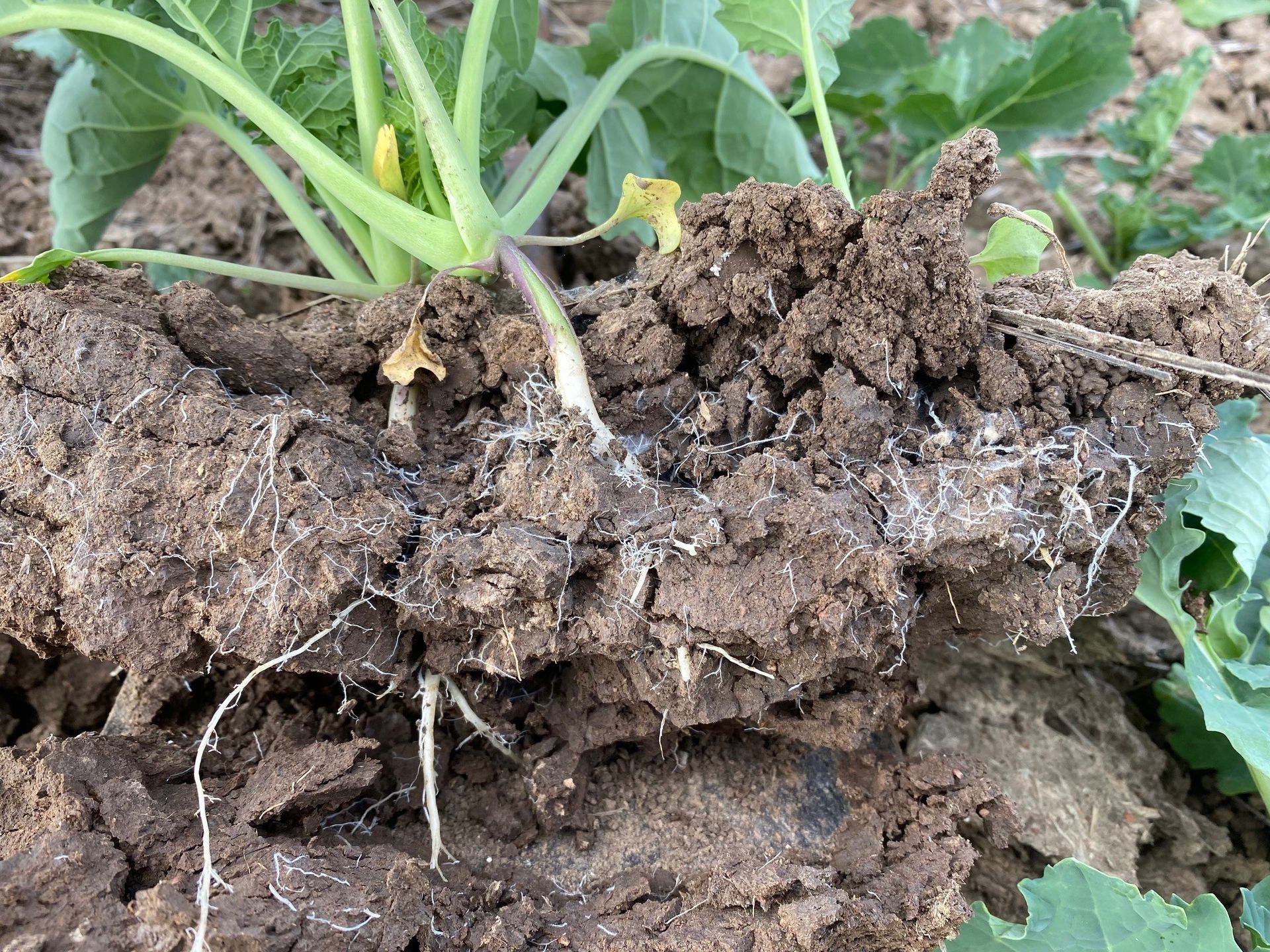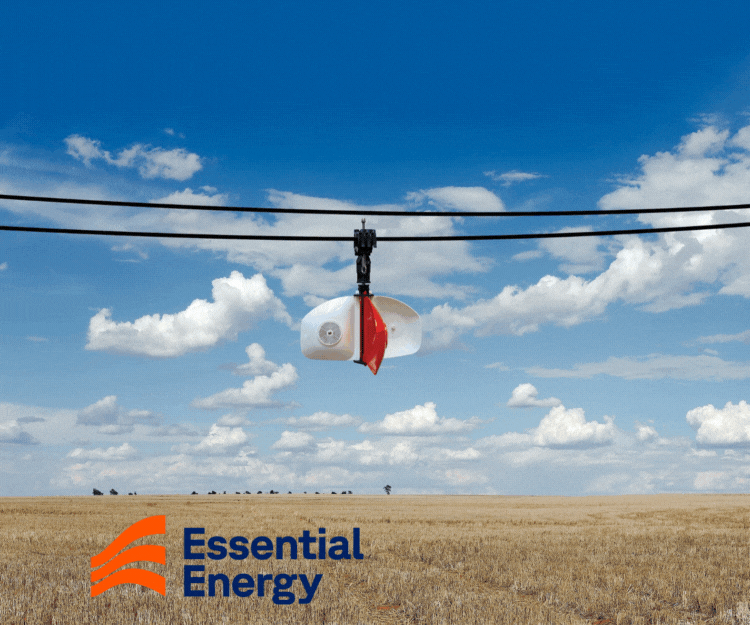1MG FlippingBooks
A scientific introduction to soil health
Soil health can be a complex and often-misunderstood facet of farm life. Yet it is the most essential piece of the puzzle when it comes to producing healthy and successful crops and pastures. The processes that create and define healthy soils need to be better understood by farmers across the country in order to maximise efficiency and profits.

Understanding soil health
Because soils are derived from different parent materials (for instance, rocks or biological material), the physical, chemical and biological characteristics of a healthy soil will differ. The same applies to the capacity of soils to deliver nutrients for agricultural production. Two different soils at their absolute best in terms of soil health can still have very different nutrient capacity. This means when managing soils we should seek to optimise their performance against specific characteristics, rather than seek to reach a universal upper benchmark.
Therefore, a healthy agricultural soil is not defined by its nutrient status alone. Also, the nutrient requirements of different plant species differ. With this in mind, the specific definition of healthy soils used in agriculture will be very different from those of healthy soils in natural ecosystems, which can sustain highly diverse natural plant communities.
There has been a long history of heated discussion about the definitions of soil health and soil quality – essentially these are exactly the same thing. Furthermore, many attempts have been made to identify an index of soil health or soil quality. It is not possible to find a single index that is useful in all situations, but a suite of characteristics that are applicable to local conditions is more appropriate.
Differences among soil types, management practices and environmental factors can alter the interpretation of soil health.
Furthermore, the health of soil is often in transition, because it is influenced by management factors that may improve or reduce its capacity to deliver or maintain a range of environmental services, such as stabilisation of landscapes, agricultural production, recreation or diverse urban uses. This occurs at all scales. Many producers seek a uniform-looking crop with the intention that this represents optimised yield, but even within the same field soil factors can vary substantially, meaning that a field may have different optimal conditions in terms of production by area, depending on these factors.
The soilquality website presents a very clear overview of the range and suitability of physical, chemical and biological characteristics of soil under agricultural production across Australia. For some data sets collected so far, it highlights characteristics most likely to be within a good range for agricultural production according to broad soil categories of clay, loam and sand.
Soils have a wide range of physical characteristics, and they differ in relative proportion of the size of particles (clay to sand). It is not possible to change the basic physical composition of soil, except, for example, where clay is added to sandy soil to improve its structure and productivity or where it is possible to build high levels of organic matter into the soil. Claying is a practice that is used in some regions of south-western Australia.
The chemical status of soil is routinely used to make fertiliser recommendations for specific agricultural plants according to soil type and local environmental conditions. It is possible to define soil chemical extremes (such as pH, salinity and contamination) because they occur along a gradient of soil health which can also depend on soil type or position in the landscape. Overall, while local benchmarks for soil chemistry are commonly used, these measurements alone do not define the health of the soil.
The chemical characteristics of soil are usually considered to be the dominant factor contributing to soil fertility, but this is a very narrow interpretation of soil fertility. Also, while the underlying soil chemical characteristics of a healthy soil depend on the proposed land use, good soil structure is also of overriding importance for soil health. Most nutrient deficiencies are relatively easy to manage through the addition of appropriate fertilisers, but fertiliser application should be considered in parallel with the contribution that soil biological processes make to soil chemical fertility. Some, but not all, contributions of soil biological process are accounted for in soil nutrient tests.
In contrast to management of soil nutrients, issues such as sodicity (soil structural instability due to excess sodium) and salinity (excess salts in the soil; not just sodium-based salts) are not so easily addressed, especially if they occur in the subsoil. Where these soil constraints are not easily amended, they become an issue of management for sustained production.
Applications of chemicals alter soil conditions, and in combination with some rotations can alter soil pH and increase salinity. This may be detrimental and reduce the health of soil. Excess nitrogen (N) reduces soil health through increased nitrification and the accumulation of N in soil water. Excess phosphorus (P) may also have negative environmental impacts through leaching into waterways, but it can also build up in soil and become inaccessible to roots unless it is released by activity of certain microorganisms.
Efficient use of fertilisers and best practice in management of pesticides and herbicides contribute to a healthy soil environment. However, this cannot occur in isolation from physical constraints to soil health and soil biological processes. Indeed, in combination with roots, biological soil activity can contribute to the alleviation of some physical soil constraints over time.
Local monitoring is encouraged to identify changes in soil characteristics linked to improved soil conditions and soil health. Personal observations by farmers are important for building their own understanding of soil health in the context of their land’s capability. On-farm monitoring using a set of characteristics (biological, physical and chemical) over time can be complemented by external soil tests. Together, the on-site and external monitoring will enable internal farm-based benchmarking to be established. The soilquality website demonstrates benchmarks at a regional level for a number of sites across Australia.
The importance of interactions between physical, chemical and biological components of soil health
There is an integral role of biological process in building the bridge between the chemical and physical components of soil health. Emphasis on only the physical, chemical or biological aspects will not maximise soil health benefits.
A good example of how these components of soil health interact is in the development of soil aggregates. Soil structure is essential for healthy plants, and organic residues contribute to stability of aggregates but this only happens during interactions with soil organisms. This three-sided biological/physical/chemical integration leads to: improved soil pore structure for root growth, controlled release of nutrients from organic matter and protection of organic matter from biological degradation within the aggregates, leaving it to contribute to moisture retention and structure.
Various forms of soil management can have both short and long term effects on soil health. The naturally diverse genetic character of soil and the intensification of agriculture will cause changes in soil health over time. This can occur both within and between seasons and rotations.
Perhaps the overriding detrimental factor for soil health, universally, is soil compaction. This occurs when soil density is increased at the expense of the large pores used for water movement through soil, transporting nutrients and facilitation of root growth. The physical, biological and chemical interactions that form soil aggregates over hundreds of human lifetimes can be completely overridden by a single pass of a machine in the field.
A 10 per cent increase in the density of soil can result in as much as an 80 per cent decrease in larger pores, causing substantial run-off and not recharging soil moisture stores during rainfall events. Even light machinery causes compaction, and tracked machines do not stop compaction, but only limit it. Use of true controlled traffic with wheels always in the same place and only using a single wheel per axle, with all wheel spacing matching, is the best management practice to avoid unnecessary soil compaction. Livestock also cause compaction, therefore maintaining healthy perennial pastures and not over-grazing is the best approach.
Where compaction is controlled, local monitoring will identify positive or negative impacts that can be addressed, but there are also overriding principles which can be used to maintain improvements in soil health.
Principles for maintaining and improving soil health
1. It is important to manage soils to avoid compaction
Soil compaction due to machinery and animal traffic leads to a reduction in the large soil pores responsible for transmitting water into the soil and facilitating nutrient and root movement. This subsequently affects all other soil health attributes.
2. It is important to manage soils to avoid erosion
Soil erosion leads to loss of nutrients, carbon and soil organisms, all of which are most abundant in the surface layers of soil.
3. It is important to retain as much organic matter in soil as is practical
This is because carbon, in combination with activities of soil biological life, is essential for nutrient cycling and soil aggregation.
4. Reduced and/or minimised tillage helps to conserve soil organic matter and improve bulk density of soil
While it is important to minimise soil disturbance, some minimal levels of disturbance from time to time are beneficial in maintaining good soil structure and diversity of soil organisms.
5. Application of fertiliser should be calculated to replace nutrients
Loss of nutrients can occur through natural processes – such as in product removal – but it is essential to avoid nutrients being lost via leaching, water or wind erosion.
6. Symbiotic microorganisms, bacteria and fungi, should be maintained at effective levels in soil
This is so that these microorganisms can contribute to nutrient use efficiency and reductions in the use of nitrogen and phosphorus fertilisers where relevant. Furthermore, beneficial fungi have the potential to improve water use efficiency, even without contributing to nutrient use efficiency.
7. Some soil biological amendments (such as biostimulants, organic materials or microbial inoculants) have potential to improve soil health and reduce the risk of plant disease
Local trial-based evidence of the efficacy of these amendments needs to be evaluated prior to their widescale adoption.
8. Soil chemical fertility can override some beneficial contributions of soil biological fertility
Therefore, use of fertilisers and biological amendments needs to consider an efficient and profitable balance between management practices that address both chemical and biological fertility.
9. Some crop rotations and tillage practices decrease the suitability of soil for plant pathogens
Therefore, land management practices should be selected to ensure natural disease suppression occurs.
10. Soil biological processes develop slowly, and the time required will differ with the type of soil, environment and land management practices applied
Therefore, a soil that is balanced in terms of the contributions from its chemical, physical and biological properties will be one where long-term practices to develop and maintain the soil environment for plant production will be most profitable and most sustainable.















